Senate commerce committee passes landmark legislation with bipartisan support
Today, the U.S. Senate Committee on Commerce, Science, and Transportation overwhelmingly approved S. 1520, the Modernizing Recreational Fisheries Management Act of 2017, otherwise known as the Modern Fish Act. This legislation calls for critically important updates to the oversight of federal fisheries, including by adding more tools to the management toolbox, improving data collection techniques, and examining some fishery allocations that are based on decades-old decisions.
The Modern Fish Act was introduced in the Senate in July 2017 by Sens. Roger Wicker (R-Miss.) and Bill Nelson (D-Fla.). It has since received strong bipartisan support from 12 cosponsors representing coastal and non-coastal states alike. In addition, a broad coalition of organizations representing the saltwater recreational fishing and boating community has endorsed the Modern Fish Act and highlighted the importance of updating the nation’s fisheries management system to more accurately distinguish between recreational and commercial fishing.
“The bipartisan leadership on display today in the Senate Commerce Committee will not soon be forgotten by America’s 11 million saltwater recreational anglers,” said Jeff Angers, president of the Center for Sportfishing Policy. “We want to thank our many champions in Congress, particularly Sens. Wicker and Nelson, for recognizing the need for serious reforms to the broken federal fisheries management system. We look forward to working with congressional leaders in both chambers to get this legislation across the finish line.”
Through years of deliberation, the priorities of the recreational fishing and boating community were identified and presented to federal policy makers by the Commission on Saltwater Recreational Fisheries Management. This group is also referred to as the Morris-Deal Commission, named for co-chairs Johnny Morris, founder and CEO of Bass Pro Shops, and Scott Deal, president of Maverick Boat Group. In 2014, the Morris-Deal Commission released “A Vision for Managing America’s Saltwater Recreational Fisheries,” which included six key policy changes to expand saltwater recreational fishing’s social, economic and conservation benefits to the nation.
Many recommendations from the Morris-Deal Commission are addressed by the legislation passed today.
“Today’s action by the Commerce Committee is further evidence that Congress recognizes the economic and societal impact that recreational saltwater fishing has on our nation,” said Mike Nussman, president and CEO of the American Sportfishing Association. “There are 11 million saltwater anglers in the U.S. who have a $63 billion economic impact annually and generate 440,000 jobs. We applaud the Senate Commerce Committee for taking this important step and call for the full Senate to quickly take action on this legislation.”
“For too long, the federal fisheries management system has limited access for America’s recreational anglers and boaters due to faulty data and misguided regulations, which in turn has jeopardized the economic vitality of the recreational boating industry,” said Thom Dammrich, president of the National Marine Manufacturers Association. “On behalf of the estimated 650,000 workers the recreational boating industry supports, we are eager to continue working with our allies in both chambers of Congress to get this important legislation to the president’s desk.”
“The bipartisan vote taken by the Senate Commerce Committee today demonstrates the nation’s broad support for federal fisheries management reform,” said Patrick Murray, president of Coastal Conservation Association. “We are proud to work with Members of Congress on both sides of the aisle to advance a common-sense policy that remains true to our conservation goals while promoting access to our nation’s healthy natural resources. We look forward to this important bill receiving quick consideration by the full Senate.”
“We thank Chairman Thune and Sens. Wicker and Nelson, as well as the large bipartisan group of Modern Fish Act cosponsors, for their leadership on this issue,” said Jeff Crane, president of the Congressional Sportsmen’s Foundation. “The Modern Fish Act is a top priority for saltwater anglers across the United States and charts a clear course for effective recreational fisheries management. I encourage Congress to use the momentum from today’s Committee vote to secure quick passage in both chambers.”
“The Modern Fish Act represents five years’ worth of input from our community and will increase the level of trust between America’s 11 million saltwater anglers and federal fisheries managers,” said Whit Fosburgh, president and CEO of the Theodore Roosevelt Conservation Partnership. “Recreational hunters and anglers have been at the forefront of resource conservation in this country for more than a century, and the Modern Fish Act gives recreational anglers an opportunity to continue to lead in conservation by improving upon data collection and stock assessments. We’re extremely encouraged to see these updated management approaches tailored to meet the unique needs of recreational fishing, rather than forcing recreational seasons into a management scheme designed for commercial fisheries.”
“We owe great thanks to Senator Wicker for introducing the Modern Fish Act to finally address the specific needs of recreational anglers under federal law,” said Jim Donofrio, president of the Recreational Fishing Alliance. “We want to thank Chairman John Thune and Ranking Member Bill Nelson for their leadership in bringing this important bill to a vote in the Commerce Committee today. The bipartisan spirit we are witnessing in this Committee is refreshing, and we look forward to final action by the full Senate and House.”
On December 13, 2017, the Modern Fish Act (H.R. 2023) was approved by the House Natural Resources Committee as part of H.R. 200.
Following today’s vote, the coalition encourages Senate leadership to quickly bring S. 1520 to the floor for final passage. Marine recreational anglers and boaters are eager to see this landmark legislation move through the House and Senate and signed into law.


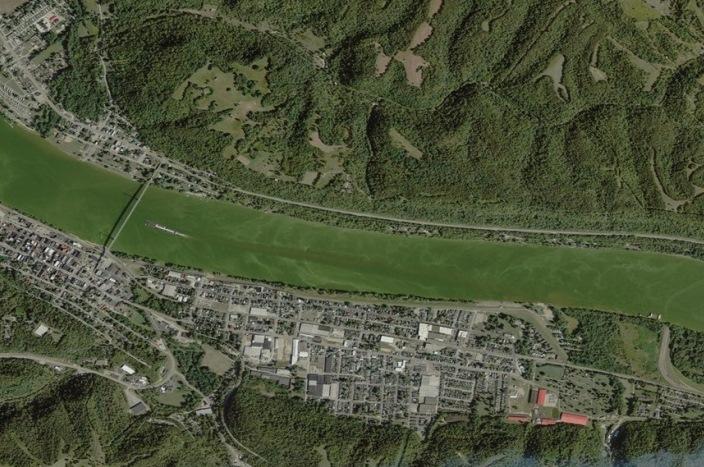
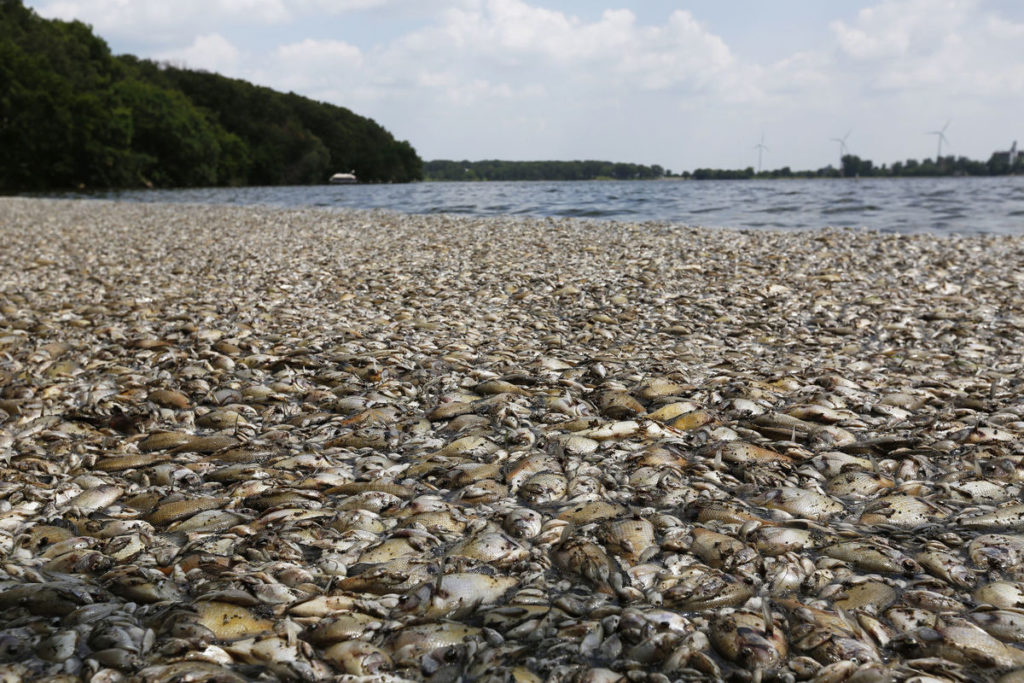

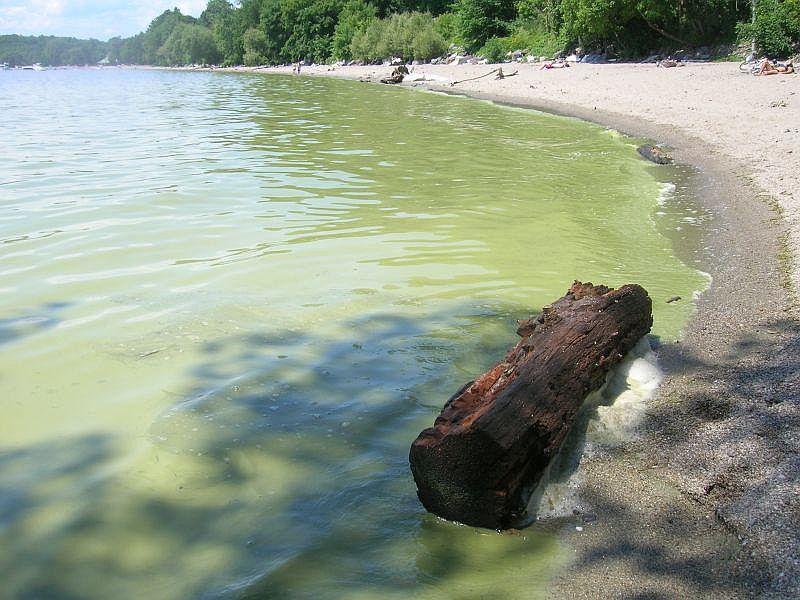
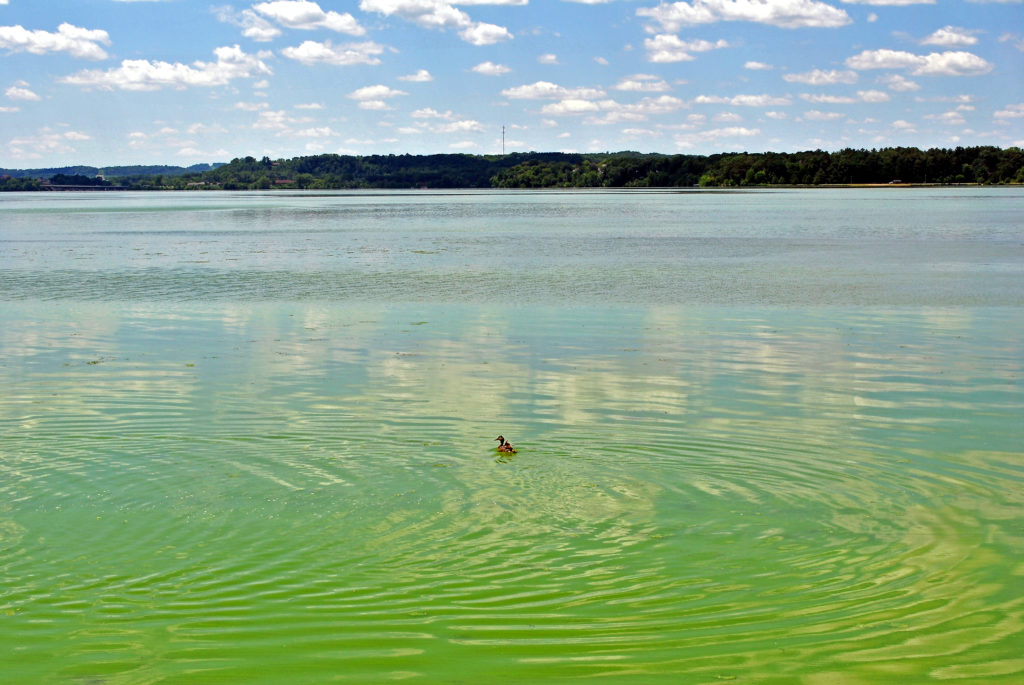
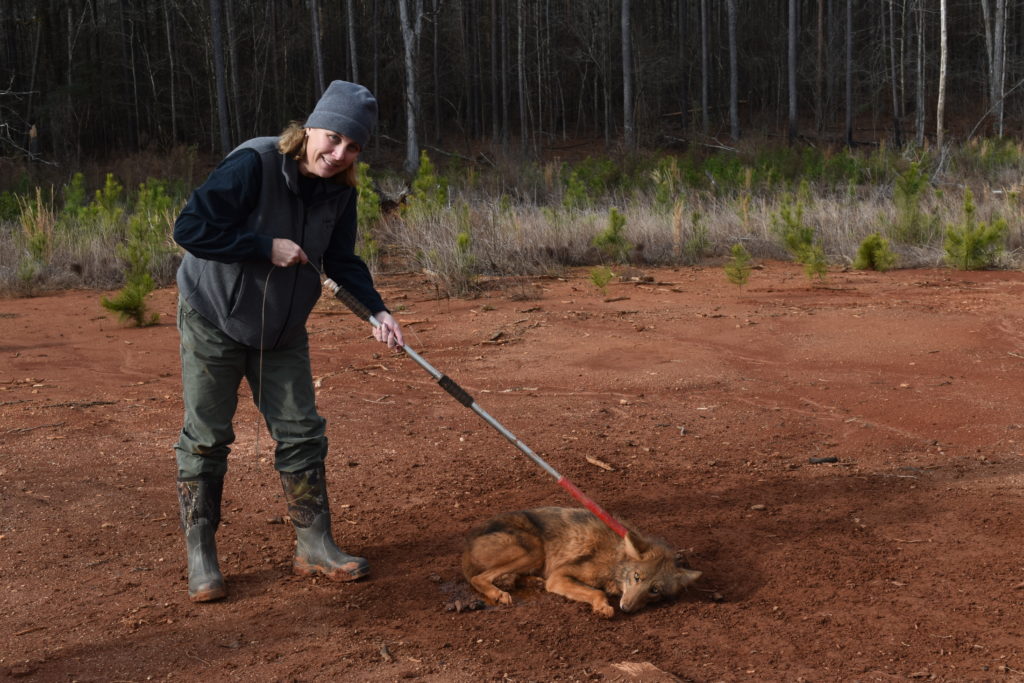
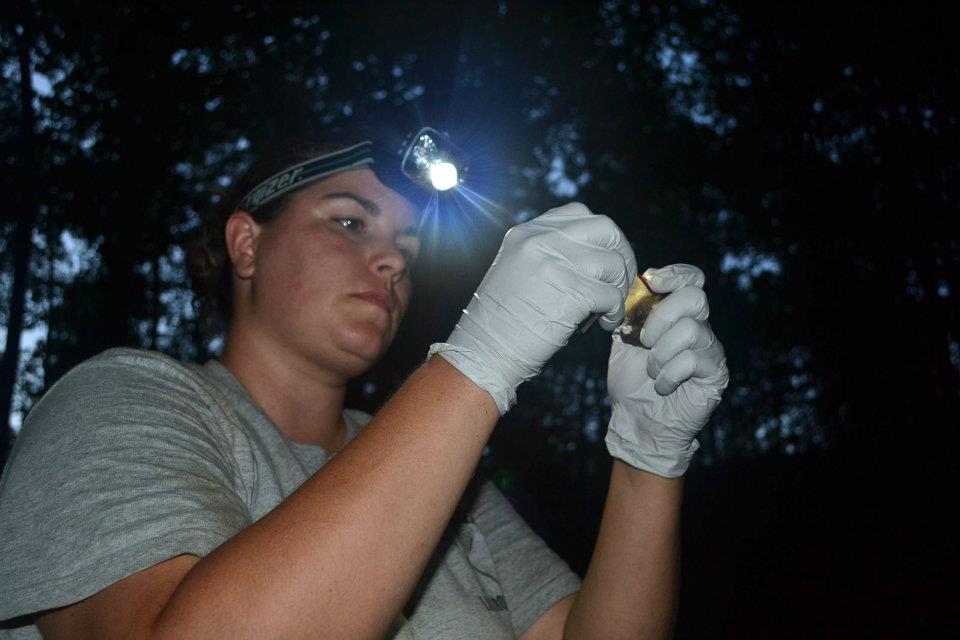
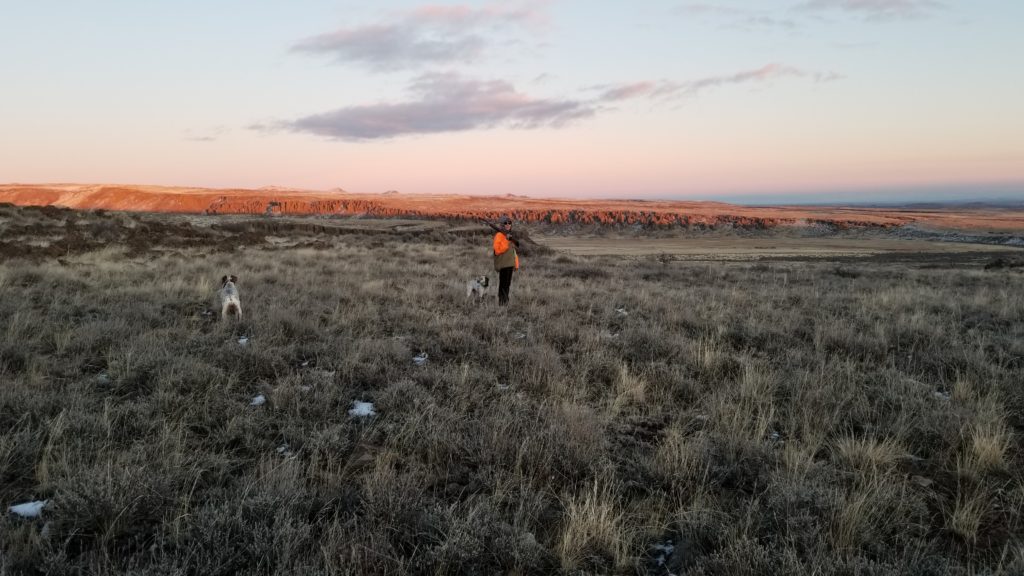
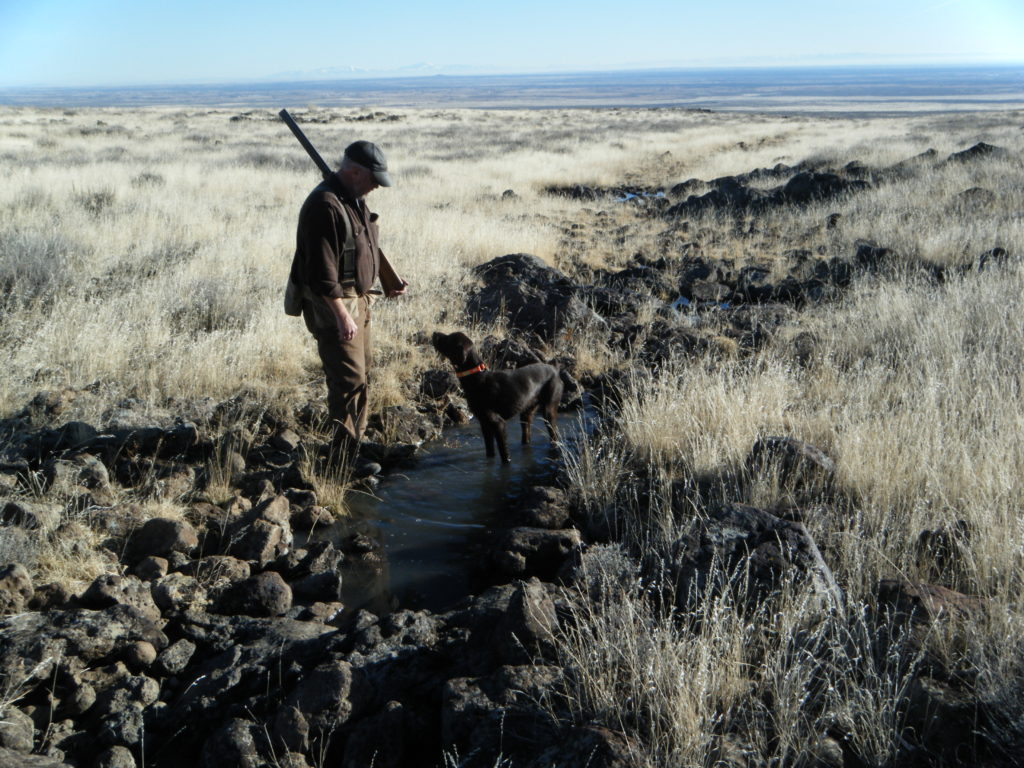




We need to address the sealion and seal population on the west coast and the damage the sea lion and seal population has on endangered species in Washington state on the Columbia river wild spring Chinook salmon silver salmon king salmon endangered species runs that the sea lion kill 70%of thay will never recover till thay cull the population thay wait at the dams and kill the endangered fish and when the runs over thay pray on tbe large stergen kill them now we have no season to keep the fish due to low population density from the sealion killing them we need to address gill neting in the main channel for all salmon the bycatch is to large and we have lower runs of fish every year soon we will have no fish at all i have fished for smelt in the cowlitz river for 50 years now we have not enough smelt to open a season and is the Radiation from japan nuke plant a problem to the fish we get no information about the problem from the MSM is this part of the problem lots of questions no ANSWERS